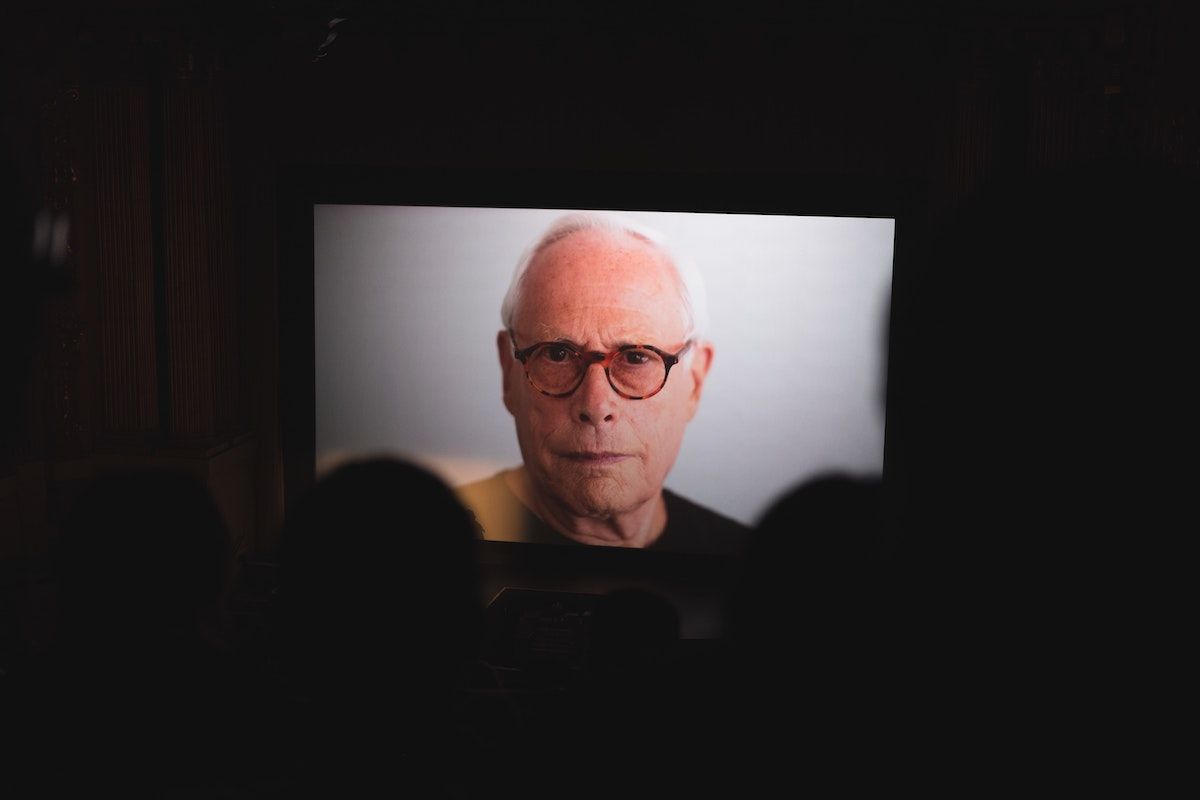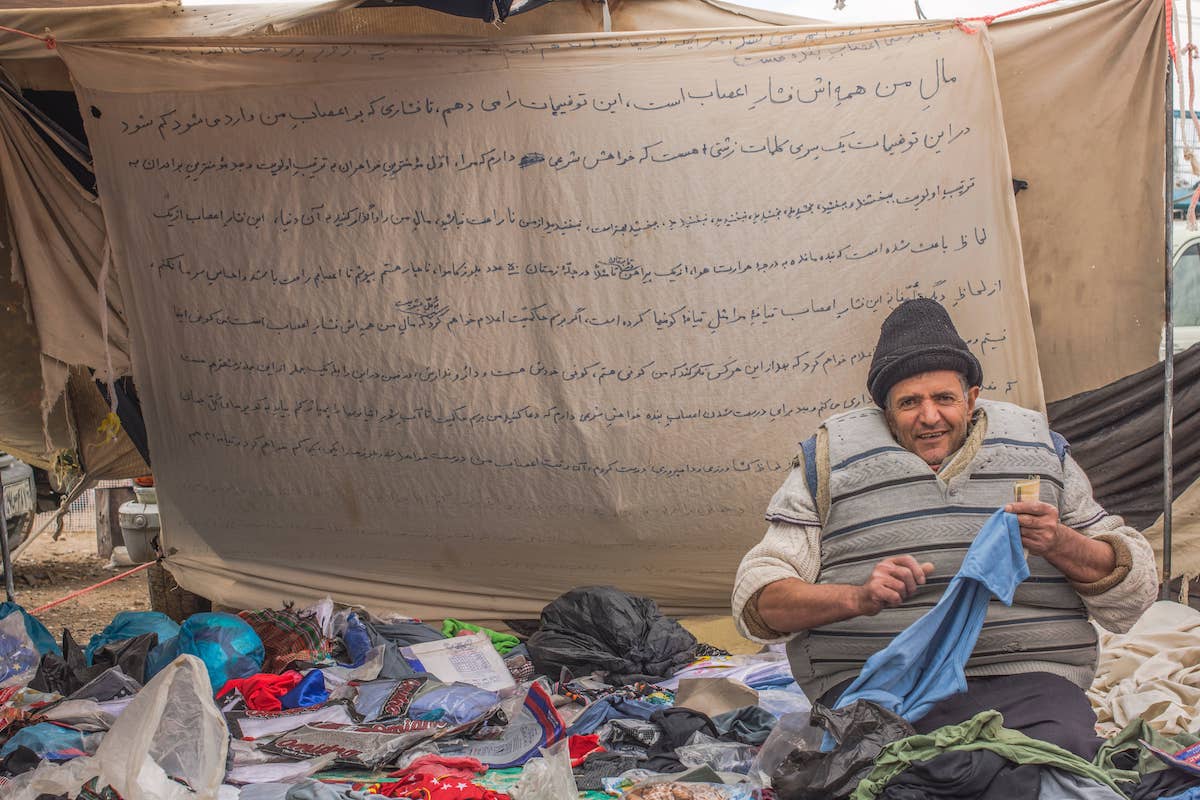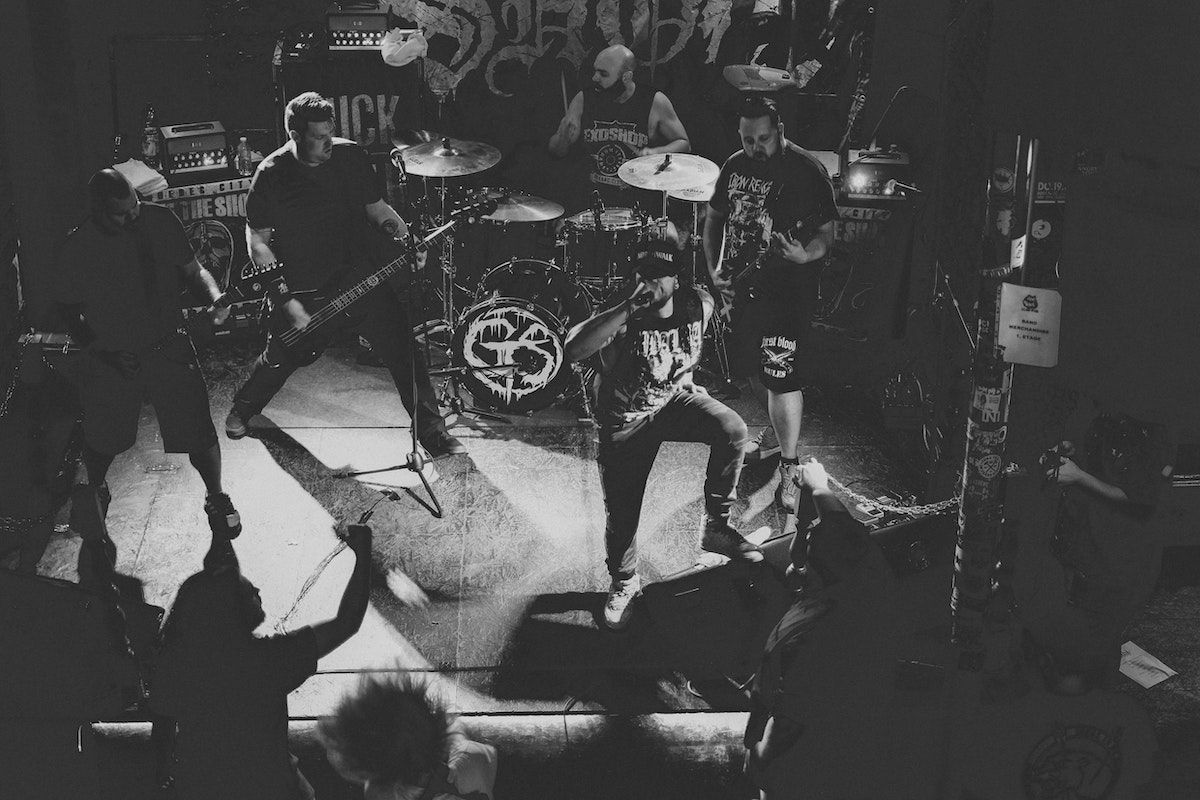Types of Documentary Filmmaking – Explore 6 Types of the Genre
Rent film gear from local filmmakers.

Rent film gear from local filmmakers.
Do you want to know more about the different types of documentary films out there?
Documentaries were first separated into types or modes in 1991 by Bill Nichols, an American film theoretician and critic who said six different modes of documentaries.
In this article, we'll dive into the different types of documentary films and give you a few suggestions to watch.
Don't know where to start? Start by learning the basics of filmmaking.

What are documentary modes?
As mentioned in the introduction, Bill Nichols proposed six different types of documentaries, with their specific characteristics.
A documentary may contain traits from different modes, but particular elements can sum up each category.
The six different modes are; poetic, expository, participatory, observational, reflexive, and performative - and we'll dive further into the different modes in the next part of this article.
6 Types of documentaries
1. Poetic mode
Poetic documentaries focus more on mood, tone, or juxtaposition of imagery than linear continuity. Their main aim is to show experiences, images, and the world from a different viewpoint.
They are often abstract and loose with narrative, and their goal is to create a feeling rather than find the truth. Poetic documentaries are often considered both unconventional and experimental.

Examples of poetic documentaries:
- Rain (1929, Joris Ivans)
- Olympia (1938, Leni Riefenstahl)
- Fata Morgana (1971, Werner Herzog)
2. Expository mode
Expository documentaries are probably the closest to what people think of documentaries.
Expository documentaries aim to inform and persuade - often through omnipresent "Voice of God" narration and by using stock footage, archival footage, b-roll, or re-enactments. This is the most direct form of documentary storytelling and is an excellent way to share a message or information.

Examples of expository documentaries:
- Nanook of the North (1922, Robert Flaherty)
- March of the Penguins (2005, Luc Jacquet)
- The Dust Bowl (2012, Ken Burns)
3. Participatory mode
Participatory documentaries are defined by the interaction between the subject and the filmmaker. The cinematographer must capture both the subject and the interviewer as he is the interviewee. These interactions will often support the filmmaker's point of view or prove the film's intent.
Participatory documentaries often present the filmmaker's version of the truth by focusing on direct engagement with subjects and capturing their reactions.
Examples of participatory documentaries:
- Chronicle of a Summer (1961 Jean Rouch and Edgar Morin)
- Paris Is Burning (1990, Jennie Livingston)
- The Danube Exodus (1998, Péter Forgács)
4. Observational mode
Observational documentaries attempt to discover the ultimate truth of their subject by observing the subject's real-life without interrupting - this is done by acting as a fly-on-the-wall.
In observational documentaries, the cinematographer attempts to be as unobtrusive as possible to catch their subjects in a raw, unguarded state. Observational documentaries focus on observing the world and the surroundings without interfering.

Examples of observational documentaries:
- Primary (1960)
- Hoop Dreams (1994, Steve James)
- Armadillo (2010, Janus Metz)
5. Reflexive mode
Reflexive documentaries focus on the relationship between the audience and the filmmaker. The subject matter is often the process of documentary filmmaking itself.
The cinematographer will shoot behind-the-scenes style footage of the entire film production process, including the editing, interviewing, and post-production processes. As such, they do not seek to explore an outside subject but instead on themselves and the act of making the film.
Examples of reflexive documentaries:
- Man with a Movie Camera (1929, Dziga Vertov)
- …No Lies (1973, Mitchell Block)
- Biggie & Tupac (2002, Nick Broomfield)
6. Performative mode
Performative documentaries are focused on the filmmaker's involvement with the subject. They will usually start with the filmmaker deciding to document their journey to explore a specific topic.
They'll use their personal experience or relationships to explore subjective truths about politics, history, or groups of people. As such, the cinematographer is often tasked with capturing the documentary production process and intimate footage that illustrates the direct and often personal relationship between filmmaker and subject.

Examples of performative documentaries:
- Tongues Untied (1989, Marlon Riggs)
- Bowling for Columbine (2002, Michael Moore)
- Supersize Me (2004, Morgan Spurlock)
Honorable documentary genres
Animation
Animation is primarily different because they are animated, and as such, it is the most distinctive element of their presentation.
Flee (2020, Jonas Poher Rasmussen) uses animation as a medium to hide the subject's identity and recreate scenes from his life that weren't filmed.
Mixed
Documentaries that use a combination of modes or genres fall into a mixed genre.
Disco and Atomic War (2009, Jaak Kilmi) combines dramatizations to portray the narrator's memory and imagination of events from his childhood to significant effect, along with essayistic, expository, and interview modes.
Dramatization
Dramatization recreates an event or a moment in a person's life by using actors to enable the viewer to be "on the scene" or present with the historical figure.
One could debate whether this is properly a "documentary," although the technique has been used effectively within documentaries that might fall in another genre

Learn documentary filmmaking with Matt Harris
We hope you learned something about the different modes of documentaries.
Want to learn more about documentary filmmaking?
Explore the field of documentary filmmaking with Wedio instructor Matt Harris.
About the instructor
Matt Harris
Producer, Filmmaker
United Kingdom
Matt Harris is a UK based award-winning DOP, producer, and director specialising in high end documentary and branded content.
FAQ
What are the 6 types of documentaries?
Poetic, expository, participatory, observational, reflexive, performative.
What kind of documentaries are there?
There are all kinds of documentaries, as they vary in both style and subject matter.
What type of genre is documentary?
Documentary is widely regarded as its own genre, divided into different modes.
What kind of documentaries are popular?
Depends on who you ask, but expository documentaries are the most well-known.























